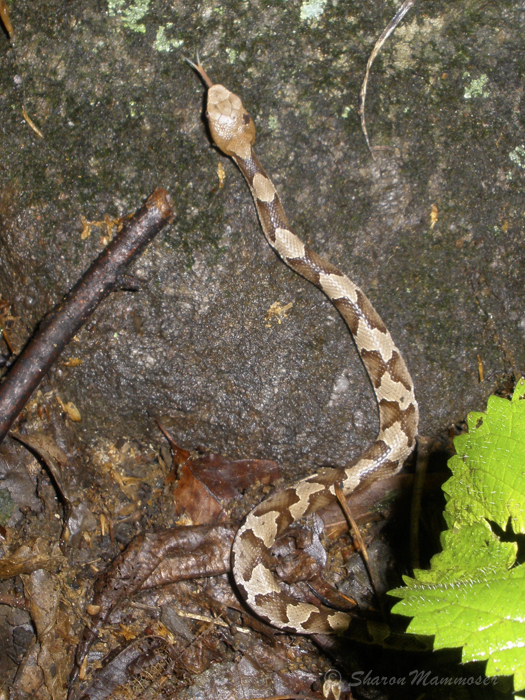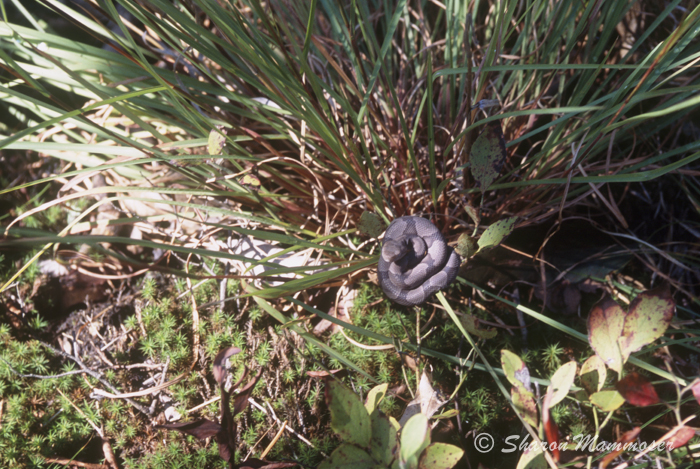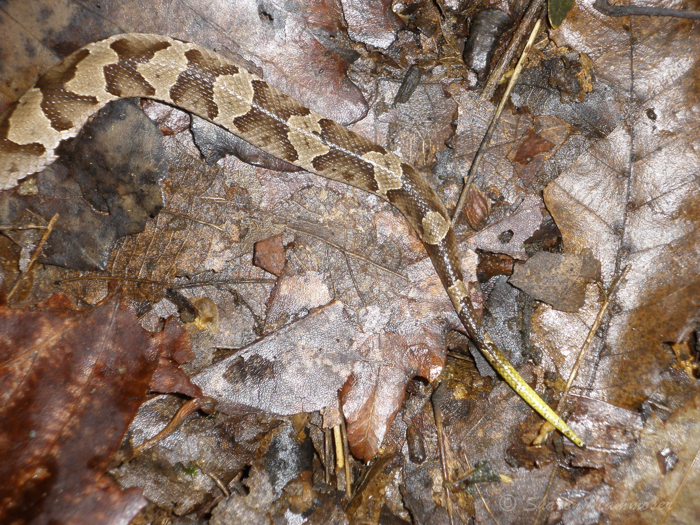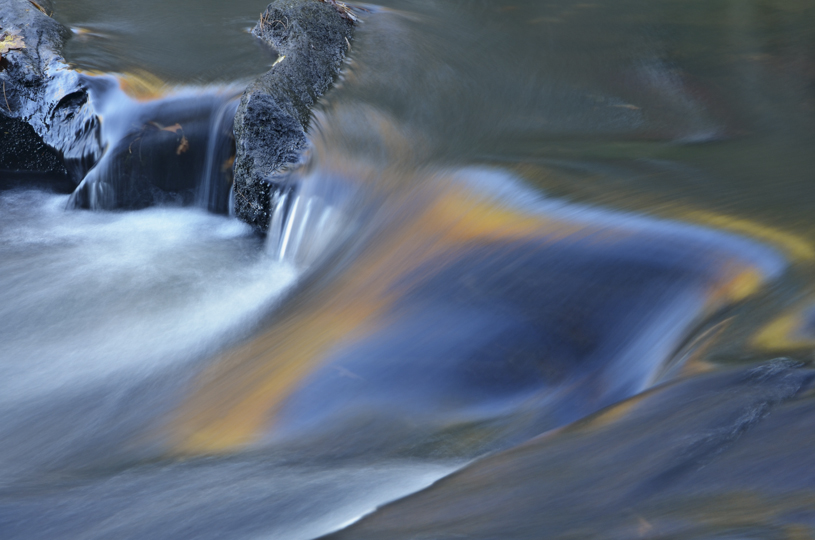 Despite spending a lot of time outside, I have seen few copperheads in my lifetime. The ones I have seen have all been non-aggressive and uninterested in me. While I was thru-hiking the Appalachian Trail and living in the woods for more than 5 months, I saw only one copperhead, the young one pictured in last week’s puzzler.
Despite spending a lot of time outside, I have seen few copperheads in my lifetime. The ones I have seen have all been non-aggressive and uninterested in me. While I was thru-hiking the Appalachian Trail and living in the woods for more than 5 months, I saw only one copperhead, the young one pictured in last week’s puzzler.
While I understand the fear many have for snakes, I have gotten over my fear and now, as is true of most animals, I relish seeing one and feel lucky when I do. For me it is a sneak peak into the animal’s life, its habitats and adaptations as well as how the animal fits into its habitat. It makes me sad that snakes–and especially these snakes– are so misunderstood and needlessly killed. If you leave the snake alone, the snake is only too happy to return the favor.
Here are some interesting things you may not know about Northern Copperhead snakes:
1. Northern Copperheads are one of a few venomous snakes present in the United States. Where I live, in WNC, it is one of two venomous snakes, the other being the Timber Rattlesnake. People who get bitten by these snakes usually do so when trying to handle or kill one. The best advice I can offer is if you see a snake, just leave it alone. A copperhead bite is typically not fatal, but is painful, may cause scarring, and can be associated later with loss of use in the area of the bite. If you get bitten you should seek medical treatment.
Copperheads operate differently than Rattlesnakes and Cottonmouths–two other venomous snakes. All three will try to get away as their first line of defense. If this seems difficult or proves impossible, then they will react. Rattlesnakes will react by standing their ground and rattling their tail, offering fair warning. Cottonmouths will open their mouths as a warning. Copperheads do neither and will strike if that seems like their only option, but their bite is a threat display rather than an intent to kill and so usually contains little venom. Even so, why chance it? Simply leave the snake alone!

2. Copperheads are thick-bodied snakes with a lovely copper color along with darker chestnut-brown bands along the length of their bodies. These darker bands look like hourglasses. Copperheads, like other venomous snakes, have a small heat-sensing pit on either side of their heads, between their eyes and nostril. They can get to be 30 inches long, with females being longer than males.
3. When copperheads are young, they have a yellow-tipped tail. They use this as a lure for attracting prey. When young, prey is mostly insects and small invertebrates. 
4. Older snakes eat mostly mice, but will also feed on birds, lizards, amphibians and insects and other invertebrates. When they snag something small, they will inject it and eat it. For larger prey, they will bite it, injecting toxin in the prey, and then release it and track it, until it dies.
5. Northern Copperheads give live birth from eggs that hatch within the female’s body. (This is called ovoviviparous) Females will give birth to 2-10 snakes, which weigh less than one ounce and are 7-10 inches long. The female does nothing after that in the way of parental care.
6. Copperheads can live up to 18 years.
7. As with any venomous snake, copperheads have fangs through which they inject venom. Fangs are replaced periodically by 5-7 replacement fangs in their gums.
8. Copperheads are social snakes and hibernate in the winter, often with other snakes, such as rattlesnakes and black rat snakes. They will use the same spot year after year, usually an underground chamber or cave.
9. Female copperheads mate with just one male each year because after mating, the male will produce a pheromone that makes the female unattractive to other males. Females that mate in the fall will store the sperm in their bodies until after they emerge from their hibernaculum.
10. Copperheads may excrete a musk that smells like cucumbers if they feel threatened or are touched.
Click HERE to check out some pictures of common snakes and compare them to copperheads. This is a great website!

